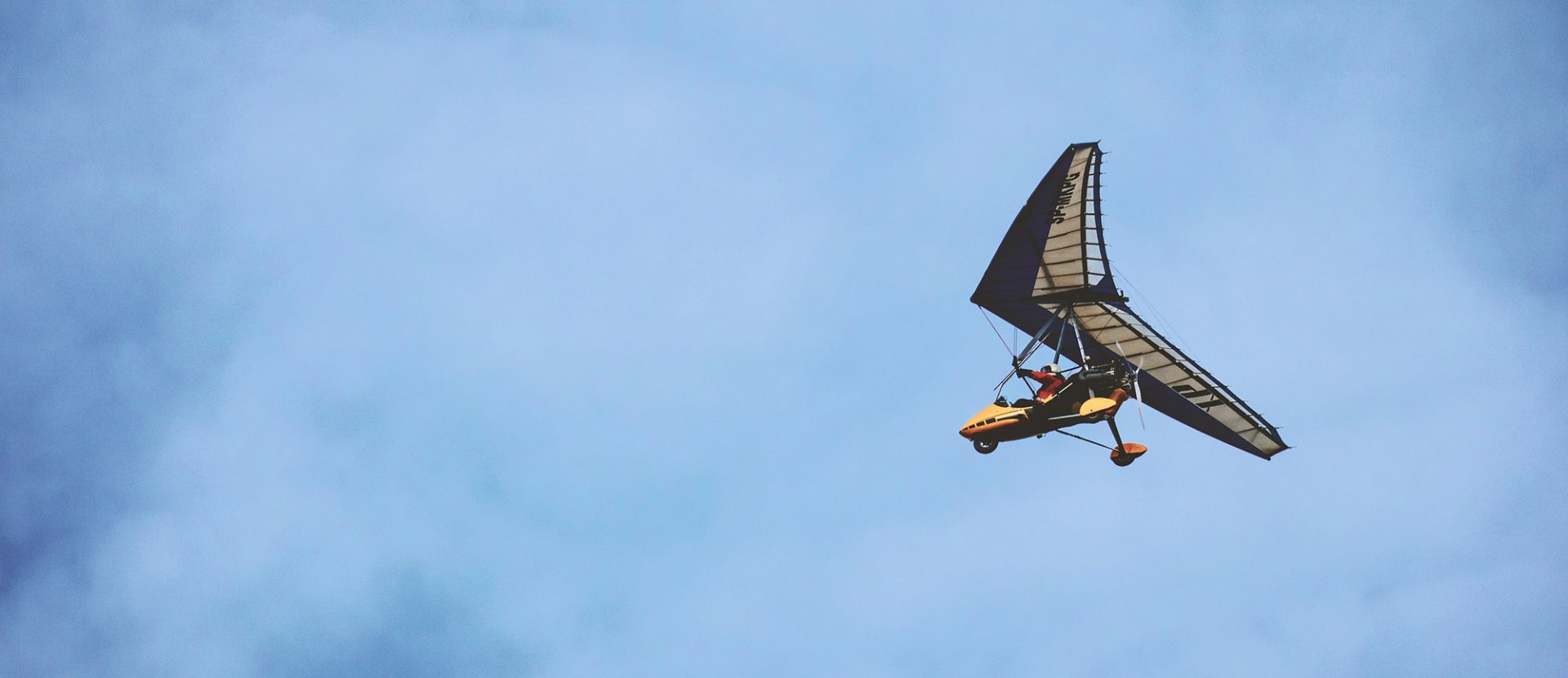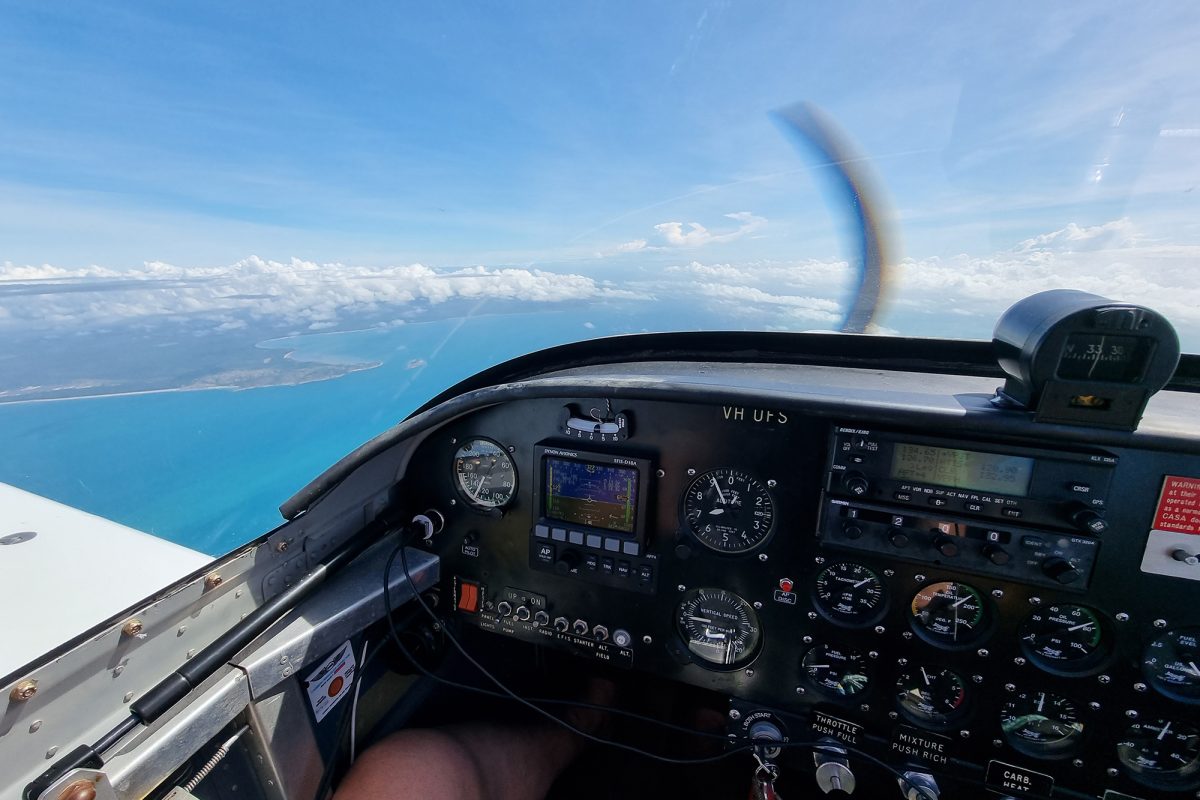When preparing this article, I reviewed previous articles from SportPilot Magazine and found an article from 2017 which contained points that I believe remain extremely relevant in 2022. As the article stated, there are no new catastrophes that a pilot can encounter.
We are all aware that pilots don’t go flying expecting to have an accident, however, we continue to see pilots tragically losing their lives due to poor decision-making, fuel management and other fundamental mistakes which result in fatal accidents.
This article is intended to provoke questions, to try to get to the bottom of this paradox and to consider what actions or habits pilots might consider. These actions, if practised as part of a routine, should have a positive impact and reduce the chances of an accident occurring, regardless of the extent of a pilot’s experience.
So, what experiences might lead to pilots becoming statistics? What lessons can we learn from others, and what habits can we change or adopt? Are some pilots just inclined to be complacent or believe they are above the need to apply these actions and develop good habits?
RAAus pilots might not consider themselves “professional” pilots as they are not paid to fly, but this is no excuse for not adopting many of the actions, habits, and disciplines of professional pilots. Is there a kind of perverse pride involved when pilots shun checklists, disciplines, and habits? I don’t believe this is an RAAus-only issue, as these tendencies are also evident in pilots operating in other aviation sectors.
The problem then, might not be RAAus flight training expectations or delivery, it might come down to individuals refusing, for whatever reason, to adopt standardised checks and established disciplines.
A causal factor for accidents might be an element of complacency or perhaps invulnerability – a more dangerous behavioural tendency. It might also be an expectation of some pilots that their skills are superior to those of other pilots. But really, are we as good as we think we are?
It’s easy to become complacent if only flying locally, if operating your own aircraft, or if you don’t have a specific destination in mind. Even if planning a navigation flight, particularly if this is a regular weekly flight activity — a club flight for coffee or lunch for example – complacency might become more of a factor.
To paraphrase a famous quote:
“Aviation in itself is not inherently dangerous, but it is terribly unforgiving of carelessness or neglect”.
Perhaps we should update this to “carelessness, neglect and complacency”.
Pilots can more effectively manage complacency by including checklists and using established actions throughout the entire flight process, from pre-flight to post-flight.
Before taking off, pilots can undertake a Pre-Takeoff Safety Brief prior to takeoff. This briefing enables pilots to rehearse immediate actions in the event of an emergency, such as engine failure at a critical moment during takeoff. Pre-Takeoff Safety Briefs are not reserved for “professional or paid” pilots, but are the actions of professional pilots.
Pre-flight safety considerations can commence during the drive to the airport, assessing the weather conditions of the day, the impact of wind on takeoff, landing and during the flight. Pilots may consider if they are using the ideal runway, and not basing their decision on convenience alone. A thoughtful pilot will consider decision factors such as the best runway with more options if an emergency occurs, or the possible mechanical turbulence issues from local features such as a line of trees or hangars. Is there a forecast for fog, will it clear as forecast, remain in the area, hang around or re-form after takeoff?
The IMSAFE checks will prompt pilots to assess the amount and quality of their sleep in the preceding nights, review family or work situations which might provide distraction from the flight at hand, or even consider the pressures that might result if they are only flying because today is the only opportunity they have had for weeks. These considerations form part of our Human Factors training and become part of any professional pilot’s usual process when considering a flight.
During flights, there are several checks pilots can choose to use, which will ensure fuel levels are managed within requirements, weather is continually assessed and the aircraft remains configured correctly.
Experienced pilots also constantly assess emergency landing options during local or crosscountry flights. Now, thanks to La Nina, paddocks and private strips which might normally be considered as potential landing options might well be waterlogged, boggy or simply unusable due to excessive rain. This must also form part of a professional pilot’s considerations for safe conduct of a flight and may assist to decide if a flight should proceed in a specific direction or at that time.
A professional pilot, regardless of experience, will reject complacency and laziness, will be constantly learning, and will use good checklists, habits, and procedures to prevent complacency. This is the epitome of a professional approach to flight.
Our thoughts go out to pilots and their families affected by the flooding in many states, and we hope you remain safe.









